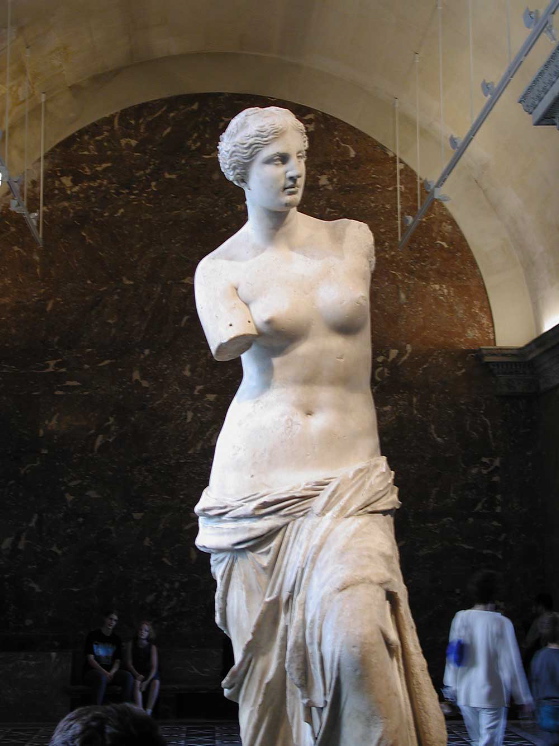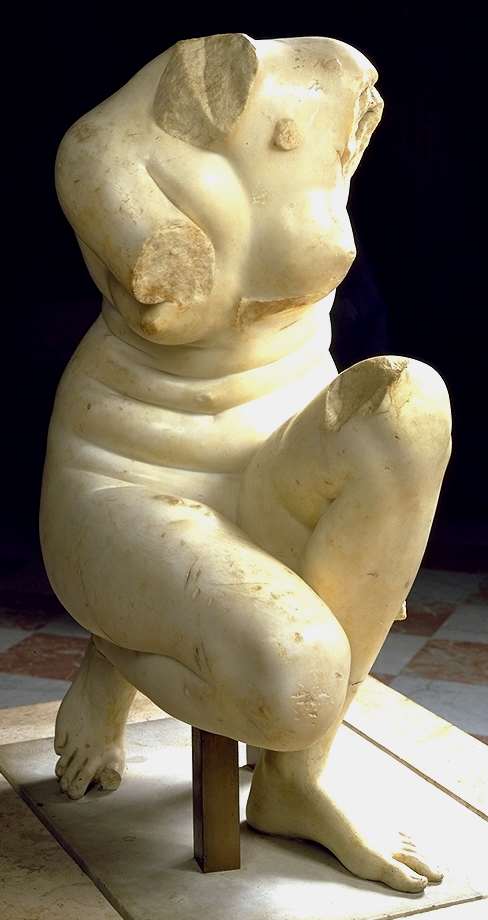
Fashions in clothing, Walter Benjamin speculates, always involve a dialogue with
death. Fashion, with its mercurial shifts in style, its preoccupation with novelty, seems to thumb its nose at the eternal stasis of death, defiantly proclaiming life . . . but at the same time, by investing material things, articles of clothing, with the illusion of life, and especially with the illusion of erotic life — “the sex appeal of the inorganic” as Benjamin calls it — followers of fashion embrace death in a danse macabre, a merry whirl with a corpse. Even to thumb one’s nose at something means always staring it in the face.
The investment of clothing and other material objects with erotic life, a
kind of fetishism that serves the marketing of commodities in modern
capitalism, extends its pathology, for men, to the female body itself,
which becomes a commodity, becomes essentially inorganic. If an old man
can sleep with a young woman, he can deny death — since he is not
sleeping with an individual human being who will age and die, but
with the image of her youth. She must be interchangeable as a partner,
lest her individuality, her subjection to time, rob her of her
commodity value as an elixir of immortality.
Always the corpse haunts the male vision of the female — and this, as
Benjamin points out, finds expression in the tendency to dissect the
female form and worship its component but severed parts. “I’m a breast
man,” you will hear men say, or, “I’m a leg man,” or, “I’m an ass man.”
But breast men and leg men and ass men are all butchers.
So in movies you have the phenomenon of body doubles — offering dislocated parts of themselves in close-up to stand in for the naked being of a modest star. The use of body doubles is, I think, one of the few phenomena in our culture which can be designated as indisputably obscene.
We worship the exposed female body in our culture, but in a sick way — a
way that robs it of life. Now might be a good time to turn our eyes
backwards to another culture that worshiped the naked human body, both
male and female — that of the ancient Greeks. There was idealization
in the Greek nude, but no gross exaggeration of component body parts.
Its models were real youths not radically endowed in any particular way
but pleasing in toto as images of the beauty of the human body. Almost
any of us can look at them and think, “With a little exercise, even I .
. .” or “When I was twenty, I . . .”

As obesity, a kind of spasmodic surrender to somatic despair, claims more and more of us, and breast enhancement seduces more and more young girls, it should become clear that the image of the “genetic celebrity”, of the “perfect” body, as the fashion of the day sees it,
is a demonic phantasm, the shadow of a corpse, very specifically designed to lure us into a dance with death — with the only incarnation of death which is truly terrifying . . . the kind that happens before we die.
Note that the Venus de Milo at the head of this post and the woman at her bath below are
both images of Aphrodite, the goddess of erotic love. In our society, many might consider both to be candidates for cosmetic surgery — breast enlargement in the case of the first, liposuction in the case of the second. But both show that there was an age when men expended extravagant amounts of time and discipline and genius on the loving memorializing and exaltation of their “deficient” forms.


